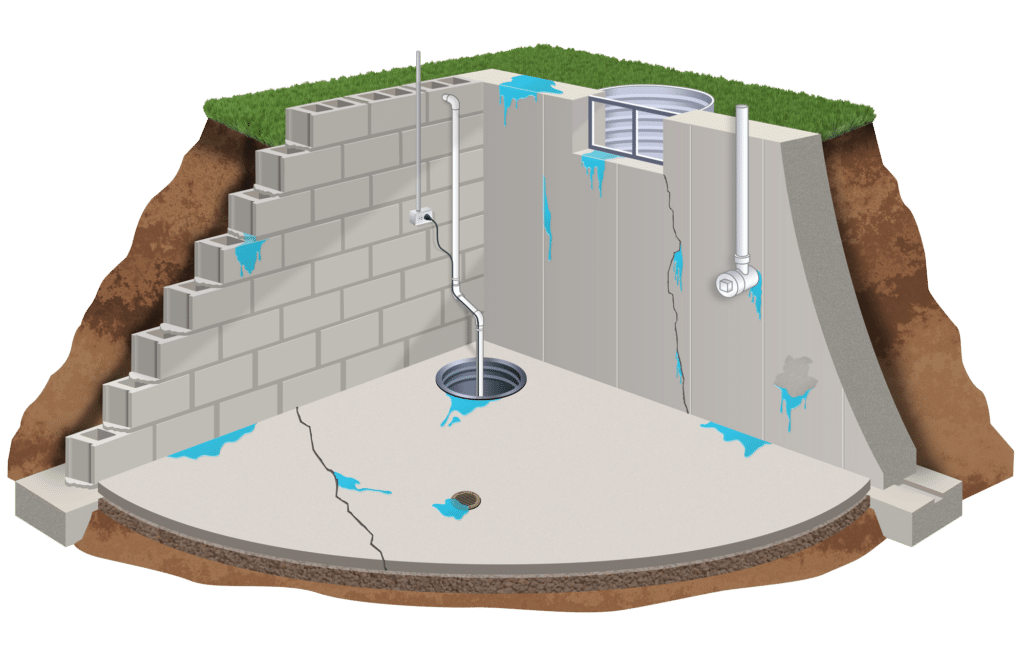Green Sealant Methods People Can Experiment With
In terms of maintaining the stability of your home or building, sealing is an essential step that should never be ignored. Including protecting Aluneed waterproofing against water damage to preventing the growth of mold and mildew, efficient waterproofing solutions can save you a significant amount in repairs and headaches down the line. In a society increasingly centered on environmental responsibility, finding eco-friendly waterproofing options becomes even more important. This piece explores a selection of sustainable waterproofing solutions that not only protect your property but also minimize your ecological footprint.
The journey towards proper waterproofing might seem intimidating, but it doesn't have to be. Comprehending the different techniques and products available can enable you to make informed decisions. If you are looking to waterproof your cellar to avoid flooding or exploring options for top waterproofing to shield your assets, our overview will outline everything you need to learn. We will address common fallacies, emphasize the importance of waterproofing in energy efficiency, and examine how environmentally conscious construction practices can integrate these solutions smoothly into your development endeavor. Let’s dive into the field of sustainable waterproofing and uncover how you can effectively protect your home while taking care of the Earth.
Comprehending the Value of Waterproofing
Waterproofing is a critical aspect of building maintenance that numerous homeowners and property managers neglect. It plays an integral role in safeguarding structures from moisture damage, which can lead to expensive repairs and health issues caused by mold and mildew. By making sure that your home or building is adequately waterproofed, you not only preserve its integrity but also improve its total value.
One reason waterproofing is crucial is that it prevents significant moisture-related problems. This includes challenges such as leaks in the foundation, flooding in basements, and water intrusion in walls. These problems can increase quickly, leading to costly repairs that significantly impact your finances. Spending in waterproofing solutions can save you thousands in repairs down the line and provide reassurance knowing that your property is safe from moisture damage.
In addition to safeguarding against water damage, proper waterproofing can improve energy efficiency in structures. Properly sealed structures require less energy for heating and cooling, as they minimize drafts and stop moisture from entering and impacting the indoor environment. By including waterproofing solutions in your construction plan, you are not only protecting your property but also helping to a more green and energy-efficient environment.
Important Waterproofing Strategies and Approaches
Regarding shielding your home from water damage, different waterproofing methods can be employed. One of the most reliable methods is the application of waterproof treatments and membranes. These treatments are designed to create a block against moisture, making them ideal for areas like tops, walls, and lower levels. For example, liquid-applied membranes can be used on flat roofs to prevent dripping, while cementitious treatments are superb for basement walls that often experience hydrostatic pressure.
A further approach involves proper managing drainage. Installing drainage solutions such as French drains can significantly reduce moisture build-up around your property. By redirecting surface water away from the base, you can prevent it from leaking into your home. Additionally, making sure that gutters and downspouts are functioning properly can also minimize moisture ingress, protecting both the interior and outside of your building from potential wetness and mold growth.
For those looking for DIY options, using waterproof protectants and finishes is a popular choice. These products can be easily applied to areas in need of protection, such as washrooms and cooking areas, where moisture is common. However, it’s essential to choose the right products based on the specific needs of each area, as some sealants may be more effective against fungus, while others focus on preventing drips. Ultimately, selecting the right waterproofing approach can save you thousands in repairs and prolong the lifespan of your home or building.
Selecting the Best Waterproofing Method for Your Home
When selecting a waterproofing method for your property, it is essential to consider the particular requirements and susceptibilities of your property. Consider factors such as the weather, the type of ground, and the present architectural elements. For illustration, properties in areas with significant precipitation may need additional robust options compared to those in arid regions. Additionally, identifying the source of potential water intrusion is crucial, as it can assist you in selecting between interior and outside waterproofing options.
Do-It-Yourself methods can be an affordable choice for homeowners experienced with building projects. Nonetheless, for complex issues or widespread areas, investing in expert waterproofing help may be more beneficial. Professionals can deliver specialized expertise, ensuring the selected methods are fit for your home’s particular conditions. Be sure to weigh the benefits and drawbacks of Do-It-Yourself versus professional choices and think about consulting experienced contractors.
At the end of the day, the resources and techniques you pick should align with your overall aims for the property. Look for sustainable waterproofing methods that not only safeguard your property but also support sustainability. Reviewing waterproofing products, their performance, and likely effects on the environment can guide you make an wise decision that maintains the integrity of your home while being mindful of ecological considerations.
